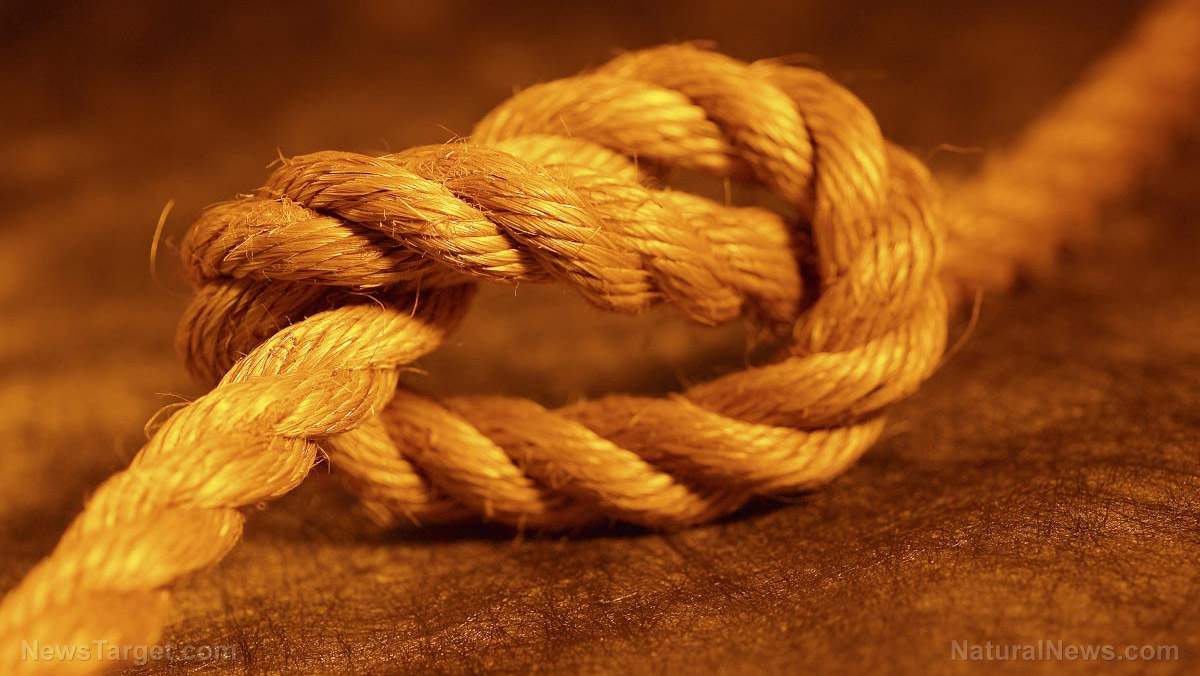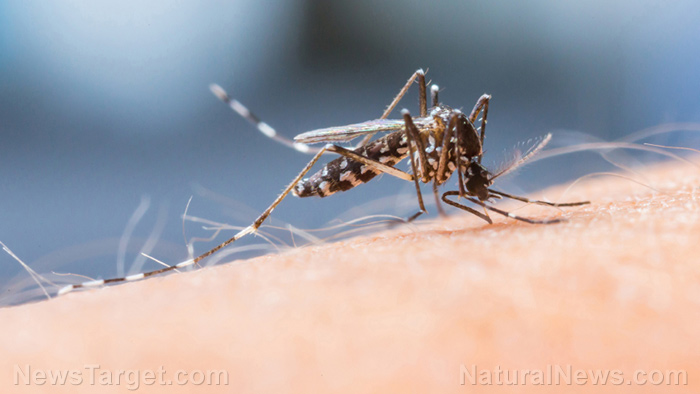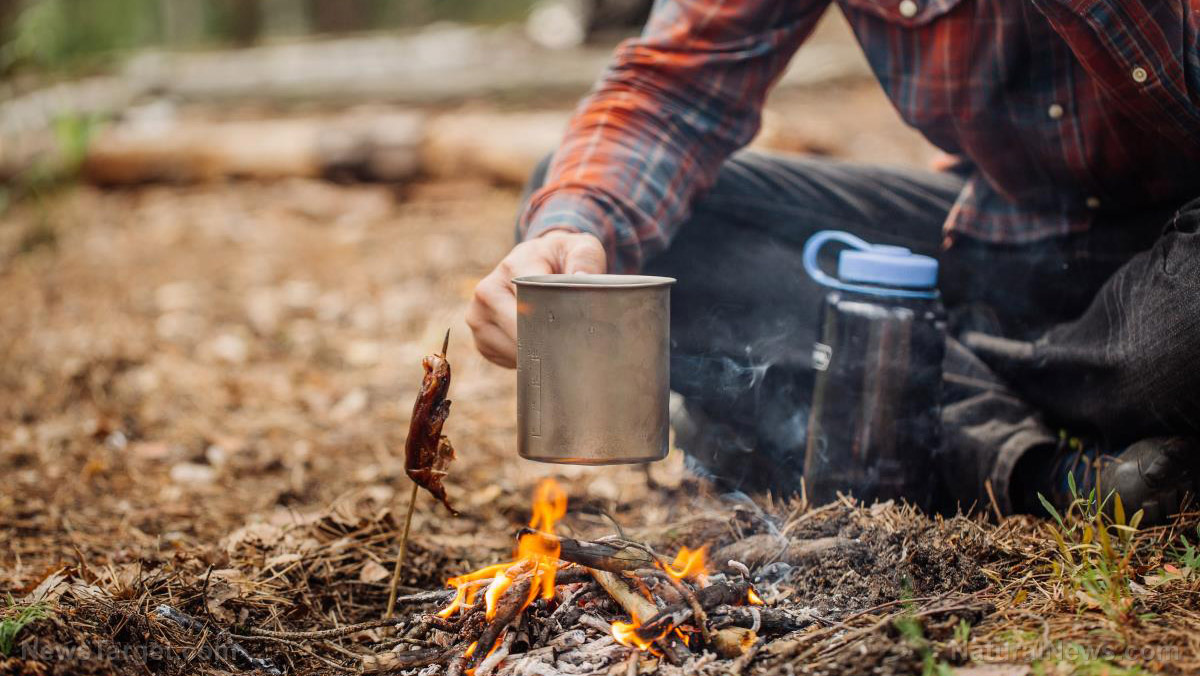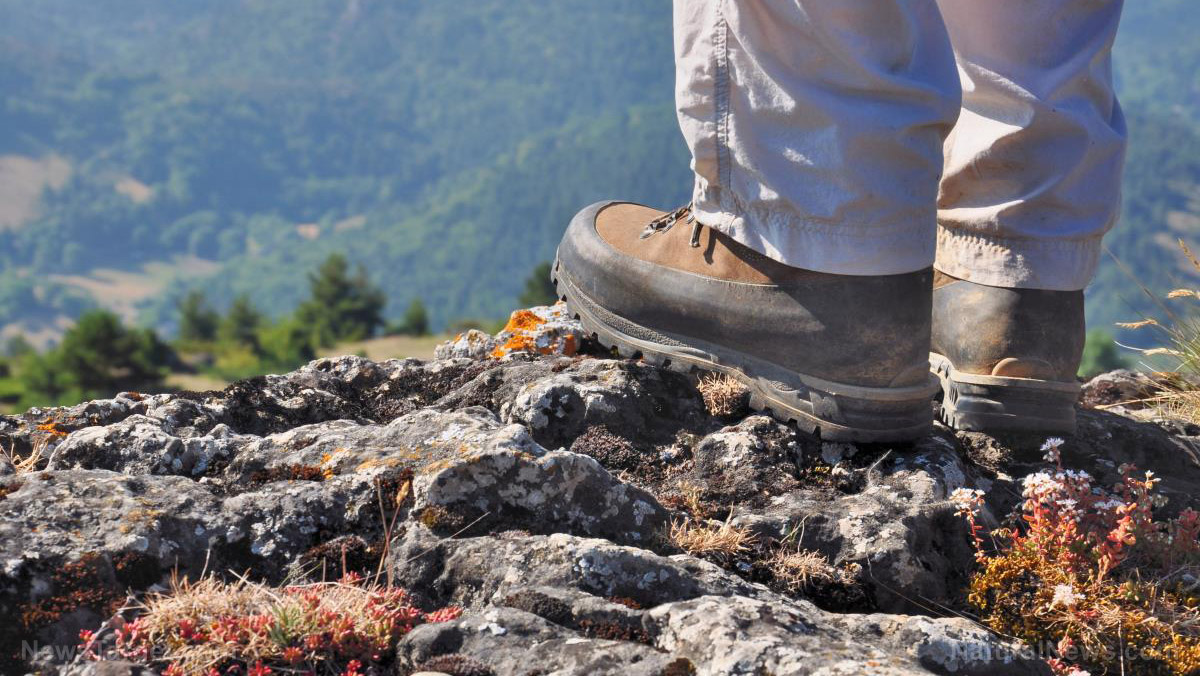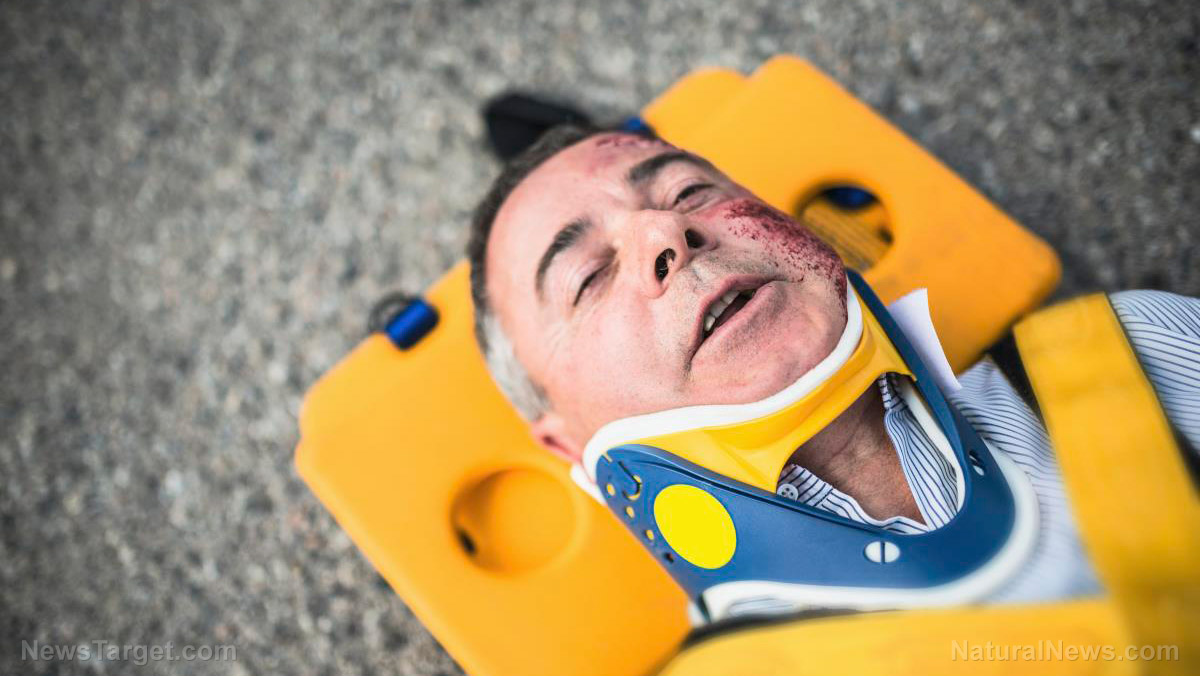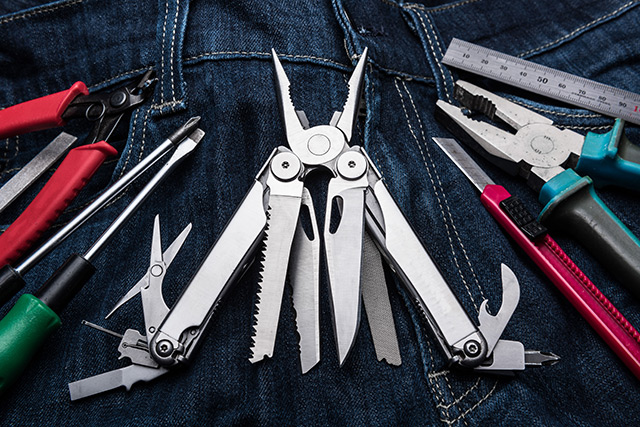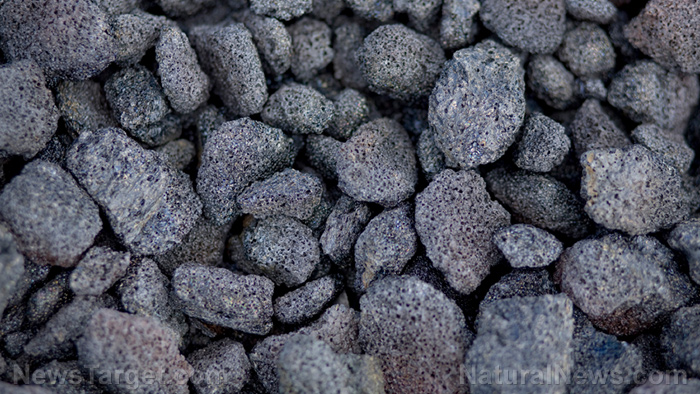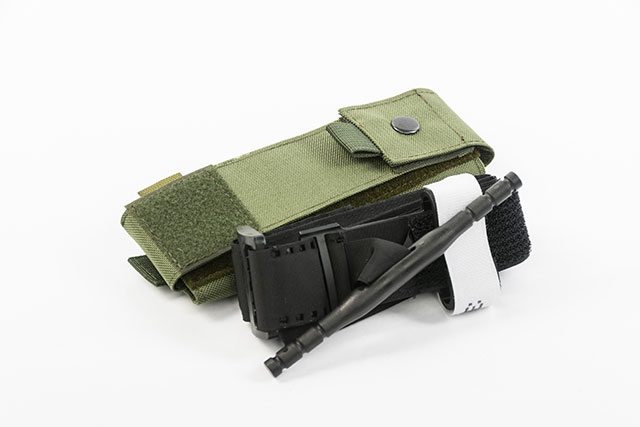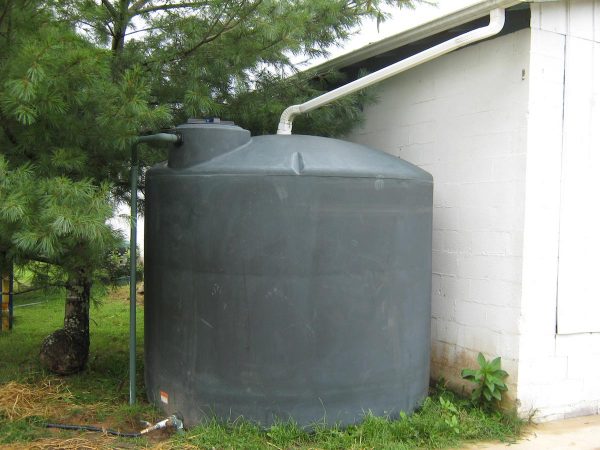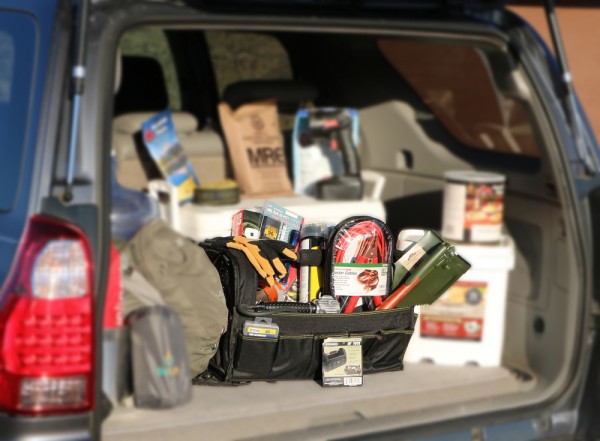Learn how to survive in the worst conditions from a man who managed to keep himself alive for 71 days in the barren Australian outback. Life favors those who think on their feet and know the necessary steps to ensure survival. While the story you’re about to read is rather extreme, being prepared and knowing how to handle emergency situations could prove to be extremely useful in the future. These little tidbits of knowledge can save your life.
The incredible story of Ricky Megee
Ricky Megee was driving to his new job along a north Australian highway. As he was en route, he came across a group of stranded travelers who were huddled by their vehicle at the side of the road. Naturally kind and concerned, Megee offered his help. Some of the stranded victims climbed on the back of Megee’s vehicle so that they could ask for help at the next town. That was the last thing Megee remembers.
Several hours later, Megee wakes up, alone, naked, and stranded in the middle of the desert. Initially confused, Megee got his bearings and began walking across the desert — barefoot — to find help. Several days passed without Megee meeting anyone. It became painfully obvious that Megee needed to do something. The first thing he needed to find was a good source of water. Thankfully, the rainy season had just ended, so the desert still had small pockets of water. Megee found one such waterhole and constructed a makeshift shelter.
After a week in isolation and just living off water, Megee was starving. He found a lizard and killed it. Since he had no access to fire, Megee improvised and laid the dead lizard in the sun for a few hours, letting it dry. After the lizard was dry enough, Megee pulled the skin off and ate it. The next 71 days were spent this way. Megee walked around his shelter, stunning, killing, and eating anything he could find. This included lizards, leeches, snakes, frogs, caterpillars, and grasshoppers. In the rare moments he could find a plant, Megee would stuff himself with it. If it tasted good, he surmised, he could eat it. Take note that this isn’t exactly the smartest (or safest) way to test plants but Megee was quite lucky — the plants he came across were mostly edible.
Despite his determination, Megee was gradually starving to death. He left his shelter and transferred to a different waterhole. He began hallucinating and prepared himself for his eventual death. Still, he built some kind of door to prevent wild dingoes from entering his new home. He believed — and perhaps rightly so — that the dogs were just waiting for him to die. By a chance encounter, Megee was found by two young Australian ranch hands who immediately brought him to the nearest hospital. The effects of living off the grid had obvious impacts on Megee. The former 233-pound man was an emancipated 100-pound skeleton. He was incredibly weak and tired, but he was alive.
Survival lessons to take away
There are three things necessary for survival: shelter, water, and food. Maslow’s Hierarchy of Needs suggest this. Before anything else, we must secure these three basic necessities. Our ancestors built their first homes around a flowing water source. During moments of emergencies, remember to look for a waterhole of any kind and construct some kind of shelter around it. This immediately addresses two needs. The next step would be to find food. As with Megee, having no access to fire should not stop you from finding ways to feed yourself.
Another important thing to note: mindset is crucial to survival. The will to live is equally important.
Sources:
OfftheGridNews.com
TheGuardian.com











